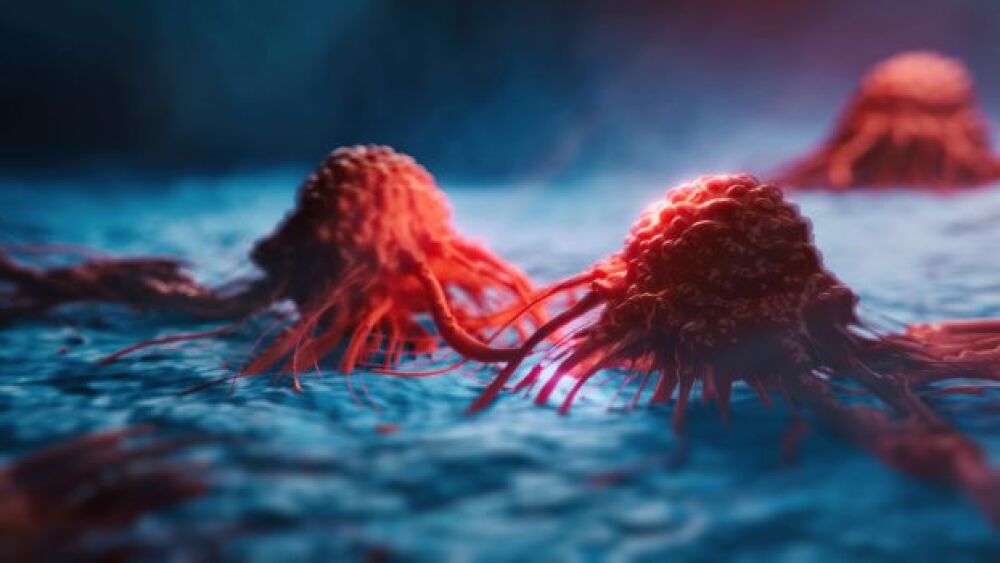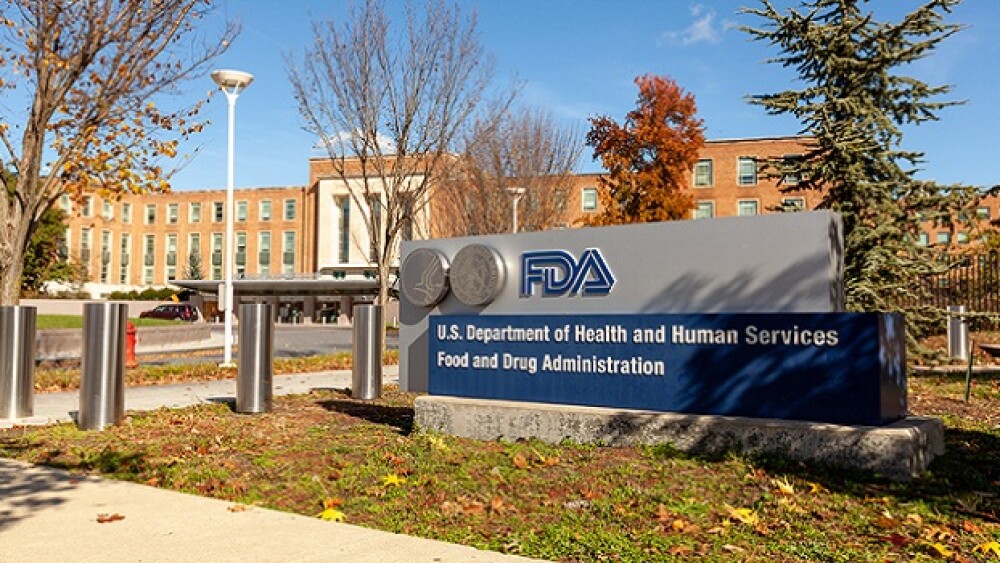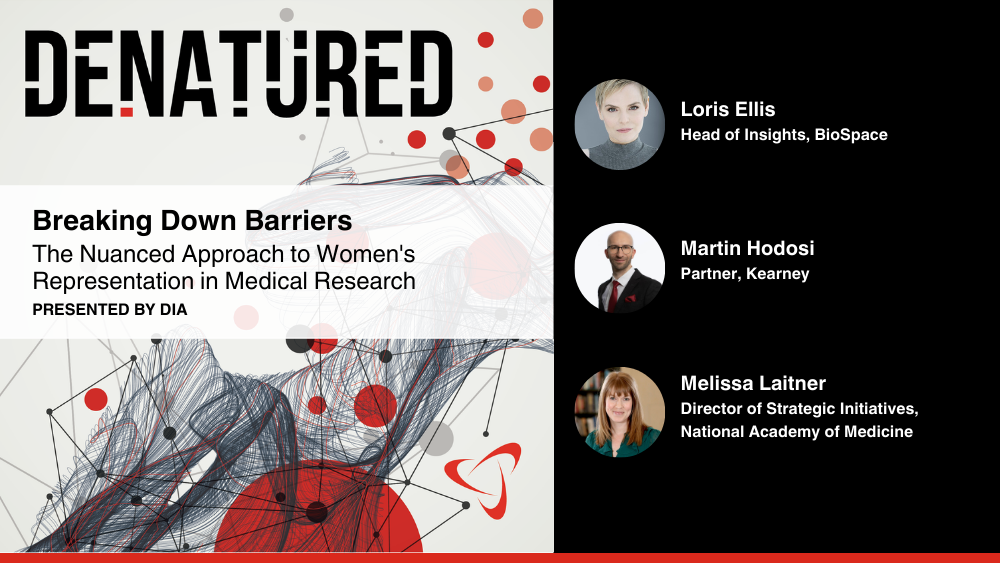Bryostatin-1 increases antigen expression on the surface of cancer cells, enabling them to be seen and killed by IO agents.
BryoLogyx is developing a new approach to targeted immunotherapy that is based upon making the antigen on the surface of cancer cells more visible to therapeutics, regardless of whether those agents are CAR T cells, monoclonal antibodies (mAbs) or antibody-drug conjugates (ADCs). Tom Loarie, co-founder and CEO of BryoLogyx, outlined the approach during a recent Force Family Office presentation.
The challenge, he explained, is that “Best-in-class immuno-oncology (IO) agents are achieving, at best, a 20% to 40% response rate without near-term relapse. One of the main obstacles to broader success (of IO therapeutics) is the insufficient numbers of antigens on the surface of the cancer cells.” Antigens serve as targets for immunotherapies, but some cancers lack sufficient targets pre-treatment, while the numbers of others are reduced because of therapy and a resistance mechanism known as antigen escape.
Bryostatin-1 increases antigen expression on the surface of cancer cells, enabling them to be seen and killed by IO agents. A preclinical study began by taking cells from a patient and engrafting them into mice. The cells were from a donor who had acute lymphoblastic leukemia and had been treated with CD22-directed CAR T therapy. “CD22 is an antigen found on these cancer cells,” Loarie pointed out. “The donor patient relapsed by downregulating CD22, hence the CAR T could no longer see the cancer cells.”
When those cells were engrafted in mice, they grew. In one group, “CAR T therapy was administered on day 42. There was no response, and the cancer continued to grow,” Loarie said. In the other group, which received the same treatment, bryostatin-1 was given on day 45 – three days after the CAR T therapy was administered. It led to an increase in CD-22 antigen, which allowed the CAR T therapy to see and kill the cancers by increasing T cell engagement, leading to a clearance of the tumors.
“While this is a rescue approach, we can also apply bryostatin-1 in a priming paradigm, in which patients are treated with bryostatin-1 before CAR T therapy is administered,” he said. This should significantly improve IO’s therapeutic potential.
BryoLogyx is focused on blood cancers, “where IO has made the greatest inroads,” Loarie said. Some 144,000 people are diagnosed in this space each year, and the market – $24 billion in 2019 – is growing 9.5% per year.
“We will enter the blood cancer market by focusing on improving patient survival of the very nasty cancer, acute lymphoblastic leukemia (ALL). The five-year survival rate for patients age 20 and older is only 40%,” he pointed out.
Bryostatin is a natural product derived from a marine organism (Bugula neritina). It has the ability to modulate protein kinase C, and therefore affect cellular processes. Much of the world’s supply was produced by the National Cancer Institute at a commercially-prohibitive cost. Now, BryoLogyx holds the patents to synthesize that substance at commercial scale.
“Today, we are the world’s sole source for bryostatin and have a supply that can be used to treat more than 30,000 patients. It’s many times less expensive now, and we expect future costs to be even lower,” Loarie said. He said he expects the lower costs and presumed efficacy will make bryostatin-1 a therapeutic attractive for payers.
The early work involving bryostatin-1 was completed by NCI. Under a Cooperative Research and Development Agreement (CRADA), the NCI is underwriting the cost of the first human studies using that substance to treat patients with relapsing or refractory CD22-expressing ALL. “We expect the NCI to start a clinical study later this year, and we expect to enroll the first patient after the first of the year,” Loarie said.
Another study to be conducted by an academic medical center will focus on an antigen to treat chronic lymphocytic leukemia (CLL). An investigational new drug application may be filed later this year for a trial that could start in 2023.
BryoLogyx is also expanding its work into other cancers, including non-Hodgkin’s lymphoma, B cell leukemias and acute myeloid leukemia. Antigen targets include CD22, CD19, CD20, CD33, CD38, CD123 and B-cell maturation antigen (BCMA). “Success with these additional antigens will establish bryostatin-1 and its analogs as a platform technology,” Loarie said.
He also noted that bryostatin-1 has therapeutic value when used in combination with CAR T, mAb and ADC therapies. “While each therapy is unique, each can be used to treat the same cancers with an antigen that responds to bryostatin-1. Success with one antigen and one approach implies similar success for other approaches.”
BryoLogyx is interested in collaborations to expand commercialization options. To that end, it is working with two major biopharmaceutical companies in addition to its work with the NCI.
The company’s intellectual property includes the patents to synthesize the compound, developed by Stanford University professor Paul Wender, Ph.D. and colleagues and licensed from Stanford University, as well as patents it developed to cover combination therapies and specific dosing regimens.
“We expect to benefit from market exclusivity with orphan product drug designations. We will seek breakthrough designations where appropriate,” Loarie said.
BryoLogyx is a late-preclinical stage biotech company that was incorporated in 2016. Loarie has 42 years’ experience as CEO in public and private companies and has been involved in the commercialization of more than 20 products in 13 specialties. The senior leadership team is populated by seasoned executives with experience at big pharma and biotechs.







